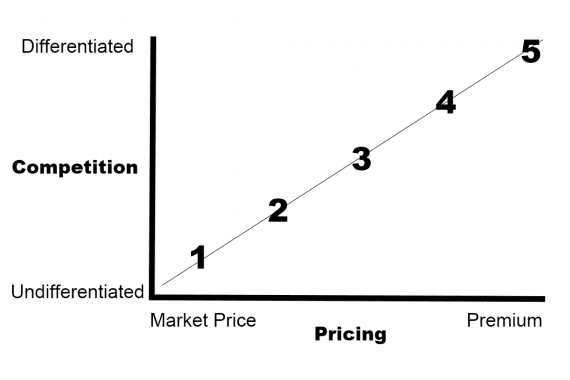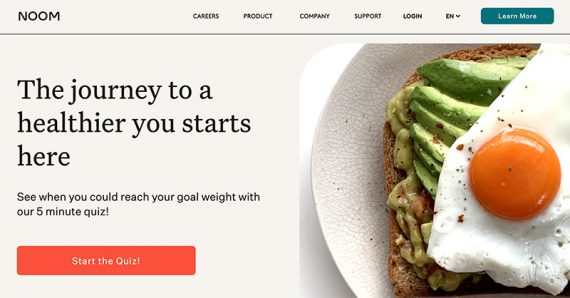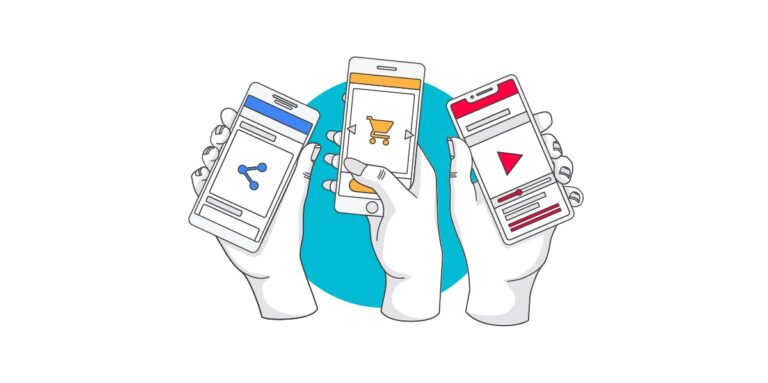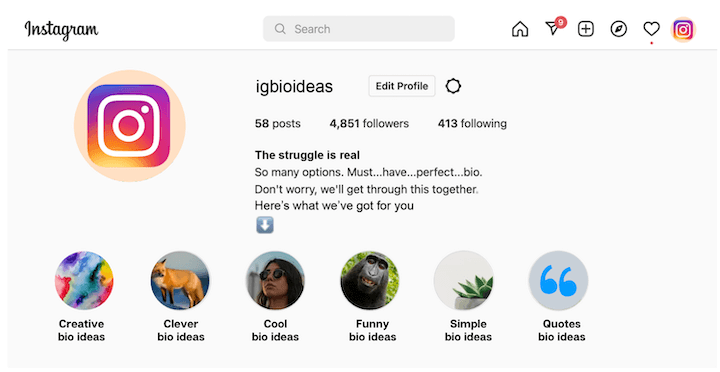To make the point, Pine and Gilmore described the difference between making a birthday cake and buying a cake mix.
Pine and Gilmore describe five stages of economic value for product offerings: (1) commodities, (2) manufactured goods, (3) services, (4) experiences, and (5) transformations.
Noom is an app, a community, a structure for personal growth, and a business. It trades on the transformational results it produces for its customer benefactors.
Product Stages
“As a vestige of the agrarian economy, mothers made birthday cakes from scratch, mixing farm commodities (flour, sugar, butter, and eggs) that together cost mere dimes. As the goods-based industrial economy advanced, moms paid a dollar or two to Betty Crocker for premixed ingredients.”


Finally, it is worth mentioning that differentiation is possible at any stage. It might be a function of quality and purity or the result of combining products from various stages.
3. Services. The next product layer is a service, combining manufactured goods and human capital. Services can be customized or scalable.
Models and analogies help us think about our companies and the markets we serve. Often these models build upon previous work.
Noom could be an example of this sort of business. The company provides a combination of services and experiences that ultimately lead to a customer’s transformation — happier and healthier.
“Enterprises should recognize the economic opportunity offered by the transformation business, in which they partner with consumers to improve some fundamental aspect of their lives — to achieve a ‘new you,’” the authors wrote.
2. Manufactured goods. Commodities can be combined to create manufactured goods with relatively more value than the underlying raw materials.
For example, in 1998 Joseph Pine and James Gilmore — the founders of a consultancy called Strategic Horizons — described an experience economy. For Pine and Gilmore, experiences represented a fourth category of products.
If we use the term “product” broadly to describe what a company sells regardless of its tangibility, we can imagine several stages or layers. According to Pine and Gilmore, these stages represent a progression of economic value wherein products become increasingly differentiated and premium.
This is true even for an expensive commodity such as gold. Whether it’s from a mine in Uzbekistan or the United States, gold is gold.
5. Transformations. In February 2022, Pine and Gilmore — along with Lance Bettencourt of Texas Christian University and David W. Norton of Stone Mantel, a consultancy — added a fifth product stage to their model, describing it as the transformation or “new you” economy, in an article for the Harvard Business Review.
Established companies and start-ups can apply the model of economic values across five product types.
Consider, for example, the semiconductor industry. Companies that manufacture memory chips for computers, smartphones, and other devices have agreed to a set of industry standards. All DRAM chips have identical inputs and outputs and similar performance. So while these memory chips are extremely complicated to manufacture, they are priced like commodities.
Thus, a company could face significant competition and have relatively small profit margins if its product offering is a commodity,
Businesses might want to avoid practices that commoditize their existing products and those further up the value chain.
A service should face relatively less competition than a manufactured good or commodity while generating better profit margins.
In each case, a business may identify its products relative to the model, understand some of the inherent challenges with that position, and add insights for decision-making.
A company that wants to sell a commodity should understand that it could face significant competition and relatively low-profit margins. The business could certainly be successful, provided it understands the competitive and pricing environment in which it operates.

1. Commodities. Commodities are the raw materials and essential agricultural goods that we all use. In theory, commodities are interchangeable and differentiated on price alone.
Product offerings that are experiences should have relatively high profit margins and low competition.
Application
Compared to each product stage before it, a transformation should generate relatively better profit margins and competitive circumstances.
Some products face relatively less competition and garner better profit margins.
Commoditization is possible at any stage.
Commoditization

Remember, too, that Pine, Gilmore, Bettencourt, and Norton describe a concept, not a rule.
A bag of coffee beans is a commodity. Instant coffee is a manufactured good. Coffee at Starbucks is a service. A tasting with a coffee expert who describes the harvesting, roasting, and brewing in dramatic detail is an experience.
Manufactured goods can become commoditized, but in general, products that are manufactured should face relatively less competition than a commodity and may enjoy better profit margins.
Differentiating
4. Experiences. A product is an experience when its value is enhanced by the partaking of it.
Don’t ignore an opportunity because it is at an earlier stage, rather use Pine and Gilmore’s model to help vet the likelihood of success.






